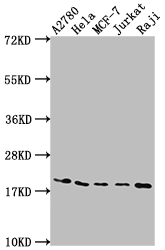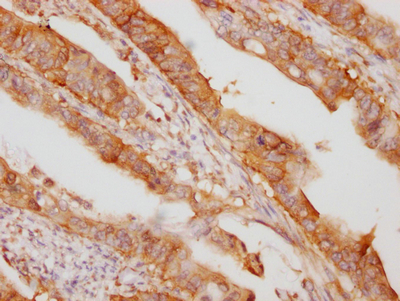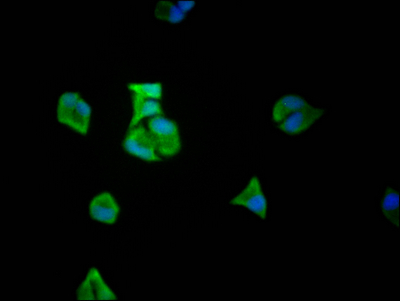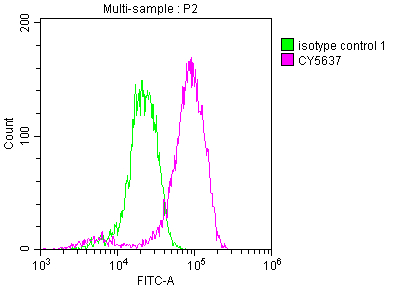The EIF5A recombinant monoclonal antibody preparation employs protein and DNA recombinant technology. Initially, mice were immunized with a synthesized peptide derived from human EIF5A. After a specific period, spleen cells were aseptically collected, and their total RNA was extracted. The cDNA transcribed from the extracted RNA underwent was used for PCR amplification of the EIF5A antibody gene. The obtained gene was introduced into a vector, which was then transfected into host cells and cultured. The EIF5A recombinant monoclonal antibody was purified using affinity chromatography from the cell culture supernatant and then extensively verified for use in ELISA, WB, IHC, IF, and FC experiments to detect human EIF5A protein.
EIF5A is a protein that plays a role in protein synthesis. Specifically, it is involved in the first step of translation, which is the process of synthesizing proteins from mRNA templates. EIF5A is required for the proper formation of the initiation complex, which consists of the small ribosomal subunit, mRNA, and initiation factors. It also interacts with other translation factors, such as eIF1, eIF2, and eIF3, to facilitate the assembly of the initiation complex. Additionally, EIF5A has been implicated in other cellular processes, including mRNA transport, RNA processing, and cell proliferation.









